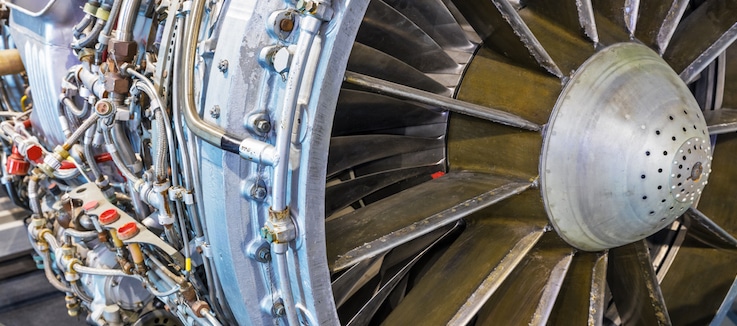
LNS Research analyst Matthew Littlefield recently wrote a blog on the digital transformation at Lockheed Martin. Its F-35 fighter jet program is a good example of how to use digitization to align technology adoption with strategic objectives.
Facing pressure to cut costs and ramp up production, IT needed to overhaul its hodgepodge of homegrown plant-floor software, commercial complex assembly manufacturing solution (CAMS) and manufacturing execution systems (MES). A cross-functional digital manufacturing team composed of representatives from quality, manufacturing, IT and engineering set about the challenge of selecting a next-gen MES solution. LNS Research provided assistance in developing a scalable architecture as a unifying framework for digitization that aligned technology with business objectives. This provided a roadmap to streamline and simplify an existing environment composed of more than 80 homegrown applications for managing quality, maintenance, productivity and human resources.
That architecture limited process flexibility, forced users to jump from screen to screen, brought about continual challenges in software maintenance and prevented integration of shop floor and enterprise applications. As a result, manual re-keying and transfer of data from system to system was required.
The company appointed an executive to oversee the transition toward a digital enterprise built on a software platform that could support a rapid ramp-up of the F-35 production line. The requirements of this initiative were demanding. As well as cutting costs and boosting production levels, there was to be no tolerance for any downtime during implementation of new software.
LNS Research aligned the project with best practices and standards such as the International Society of Automation’s ISA-95 standard. ISA-95 provides an automated interface between
enterprise and control systems. This made it important to address an organizational culture that favored homegrown applications over commercial off-the-shelf (COTS) software.
Homegrown systems were thought to meet cross-functional needs and provide the organization with greater control. However, these perceived benefits were outweighed by problems with maintaining and updating systems based on legacy technology. LNS Research stressed the benefits of enterprise-class COTS – rapid implementation, updates provided by the software provider, customization and implementation assistance from companies specializing in the aerospace vertical.
LNS Research also addressed an over-emphasis of feature and function comparisons between products rather than first determining the best overall application and information architecture to fit with strategic objectives. For example, one company might provide a nice feature such as IoT connectivity yet fail to offer any pathway towards the achievement of an end-to-end digital thread. The feature count might favor the company with IoT connectivity, yet implementation would struggle due to the platforms limited digitization and IT/OT integration capabilities.
LNS Research recommended that Lockheed Martin take the strategic objectives already defined for the F-35 program and use them as the input for the enterprise architecture process. This approach made it more obvious which tools would provide real integration between IT and OT.
Further, software implementations had to assist the aerospace giant in greatly reducing the amount of time and money spent collecting and analyzing data to achieve business insight.
Lockheed Martin Aeronautics chose the iBase-t Digital Manufacturing Suite as its next-generation MES platform through which to integrate IT and OT and foster the creation of the digital thread within the enterprise. With this robust architecture in place, the company is moving ahead at full speed to become a true digital enterprise.

